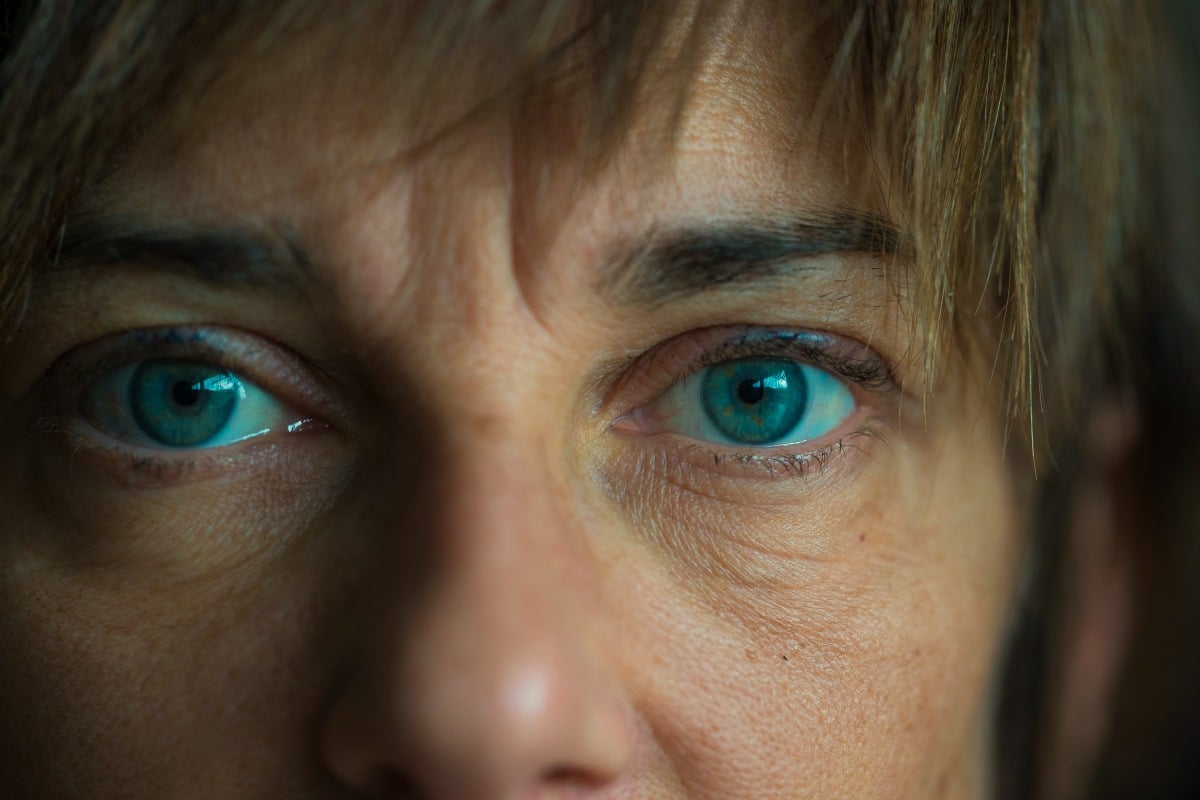
As the wife of a high-ranking Italian military officer, the 50-year-old woman (who will remain unnamed) was used to a high-flying life. A life of dinners with society’s elite, of parties and socialising. But over the course of two weeks, something changed. She heard voices. She became convinced that her phone was being tapped, and that the world was teetering on the brink of World War III.
This was a woman with no history of mental illness. She was high-functioning, physically healthy, active. She had a supportive family. But in the words of the Professor Jayshri Kulkarni, an Australian psychiatrist involved in her case, “things just went downhill”. Quickly.
The woman’s husband contacted Professor Kulkarni, a leading researcher in the field, seeking answers about his wife’s sudden psychotic illness. After consultations over video call, Prof. Kulkarni shared her hypothesis: the woman was in perimenopause.
The link between menopause and schizophrenia.
Schizophrenia is typically thought of as a young person’s illness. Of the roughly one in 100 Australians diagnosed, most are between the ages of 16 and 30. Yet among women, there’s also a second peak in diagnoses that occurs later in life, between the ages of 45-52.
The symptoms can range from hallucinations and delusions, to a lack of emotion, limited speech and inability to enjoy activities.
But why does it happen?
Prof. Kulkarni, Director of the Monash Alfred Psychiatry Research Centre and President of the International Association for Women’s Mental Health, explained that the exact cause of schizophrenia isn’t known. Instead, it’s believed that there’s a “two-hit strategy” that leads to presentation of symptoms. The first ‘hit’ is a genetic predisposition to the illness, and the second is a stress or trauma: “For example, loss of parental figures, migration stress, or the use of cannabis or other street drugs,” she said.


Top Comments
Excellent article. Much here I didn't know before. As a community, we need to recognise this problem and ensure assistance is available as soon as individuals presenting with this illness are identified. Suffering benefits nobody.